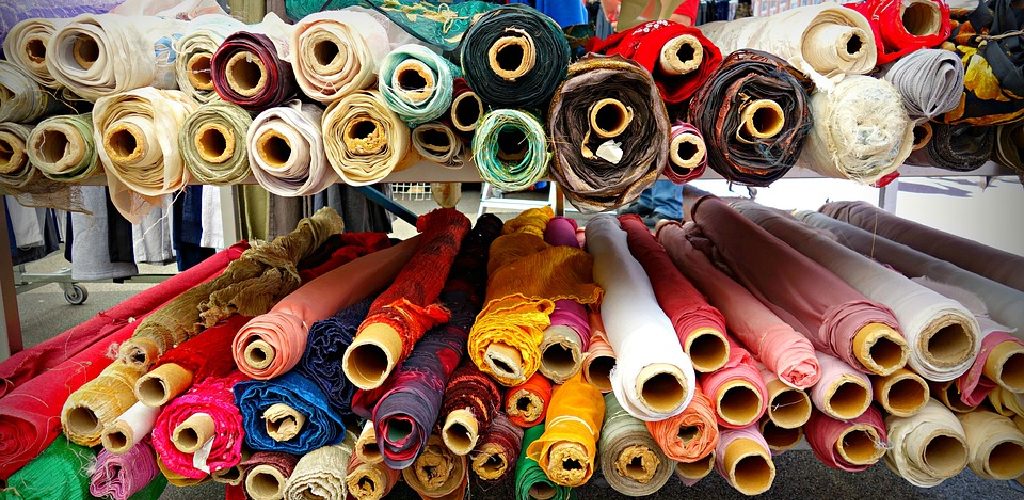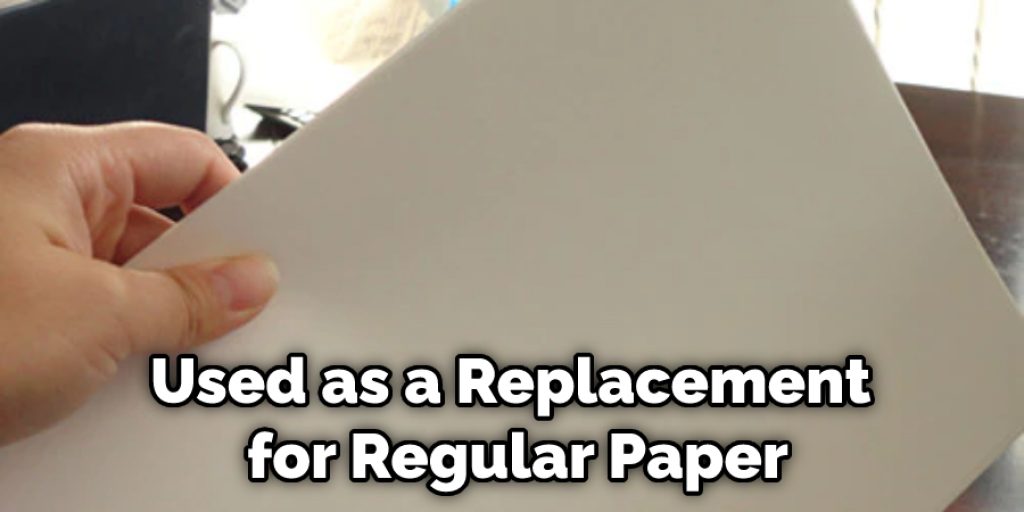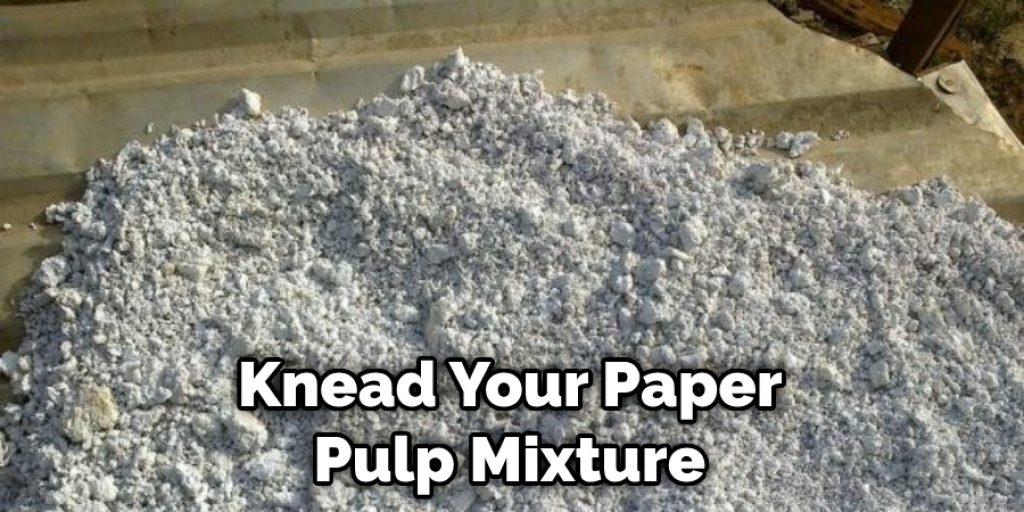How to Make Cotton Linen Paper
Cotton linen paper is a sustainable alternative to traditional paper. It’s made from cotton linter, the short fibers that come off of the cotton plant after being ginned and processed for spinning into yarns or weaving into cloth.

These fibers can be recycled and reused as part of the natural process of creating new textile products. In addition, linen paper can be used for writing or printing due to its longevity, durability, and natural texture. In this article, we’ll show you how to make cotton linen paper!
What is a Cotton Linen Paper?
A paper containing linen and cotton combined. It is mainly used in watercolor painting and drawing to absorb excess paint, which causes bleeding. The mixture of these two allows it to be strong and delicate; soft yet stiff; tough but flexible; smooth but textured.
However, because pure cotton rag paper will not hold up for printing (see below), it is necessary to add a linen-type paper that can withstand the pressure of printing presses. If a person attempts to use only cotton rags, the paper will become creased and tough. Adding a linen-type paper makes the paper stiff and strong but not too thick to cause the paint pens or brushes to bleed.
Why Use Cotton Linen Paper?
Cotton linen paper can be used as a replacement for regular paper. It is made from the same materials as standard paper, but it has increased durability and longevity that traditional paper does not have. The specialized coating applied to cotton linen paper before its final folding process makes it more adept at handling moisture than traditional papers are able to do. The paper is more similar to fabric than regular paper, though this does not necessarily mean that the two are interchangeable.

Cotton linen paper also has an interesting appearance. It looks very similar to real linen fabric, with a highly textured finish. This texture can be replicated in traditional papers through special treatment processes. Still, cotton linen paper is special because it comes out of the processing machine with this texture already applied. The paper also has a natural sheen that regular papers do not possess, though it can be made matte if desired.
8 Steps to Follow: How to Make Cotton Linen Paper
Step 1:
First, you will need to prepare your paper pulp according to the recipe below. Take this mixture and place it in a blender until it becomes a uniform consistency. It should have no lumps after being blended. Next, place halfway full of water into a large bowl and add 1/2 cup salt. Stir the two together until the salt is dissolved.
Step 2:
Next, make your tea mixture by boiling 2 1/4 cups of water in a pot on the stove. Once the water begins to boil, add 4 oz of loose tea leaves and allow them to steep for about five minutes. Remove from heat and let stand until it is cool (about 10 minutes). Strain the tea mixture once it has cooled and discarded the leaves.

Step 3:
Pour your paper pulp into a large container, such as a bucket or glass casserole dish. Next, pour your cooled tea mixture over top of the pulp. Do this very slowly, stirring regularly to incorporate all ingredients. Continue adding water until you get a thick but spreadable mixture. Now you have your paper pulp!
Step 4:
Spread a generous layer of the pulp on drying screens or cookie sheets. It should be about 1/4 inch thick and no more than half an inch. Allow it to dry overnight in a warm room at 65-75 degrees Fahrenheit until completely dry. If your room temperature falls below 65 degrees Fahrenheit, it will take a longer amount of time to dry the pulp.
Step 5:
Next, you will need to make a starch mixture by mixing 1/3 cup cold water with two tablespoons of cornstarch in a bowl until the cornstarch has completely dissolved. You can also use potato or rice starch, but cornstarch is the most common and easiest to find. Once mixed well in a small bowl, add 1/4 cup of this mixture to your paper pulp mixture from before. Stir it well until everything is combined thoroughly.
Step 6:
Dump the entire mixture onto a clean surface, such as a table or counter. Now you will need to knead your paper pulp mixture until it is no longer sticky. The final consistency should be much like bread dough. If the pulp mixture becomes too dry once kneaded, add more of your starch mixture one tablespoon at a time until it reaches the correct consistency.

Step 7:
Divide your pulp mixture into 3 equal portions and put each one in a separate bowl. Add 1 teaspoon of cream of tartar to one of the bowls, 2 teaspoons to another, and leave the third bowl alone. Stir until everything is combined thoroughly. Using your hands, mold each portion into the shape you want your finished paper to be.
Step 8:
Finally, take each of the three bowls with the pulp mixtures and place it over a pot holding boiling water. Leave these bowls inside the boiling water for about 5 minutes so that they are thoroughly moistened. Once time is up, please pick up the bowl holding the pulp mixture with cream of tartar and hold it over a draining sink.
Squeeze the paper mixture inside to remove excess water, then place it on a plate or cookie sheet. Smooth out any wrinkles formed in the pulp mixture and allow this paper to dry for about two days before using it.

What Properties Does Cotton Linen Paper Have?
Cotton linen paper is very durable and moisture-resistant, able to stand up to spills and other forms of liquid damage much better than traditional papers can. It also looks very similar to linen fabric, with a textured surface and natural sheen. However, cotton linen paper is much stronger than pure linen fabric.
Final Thoughts:
Cotton linen is more eco-friendly than other paper types because it’s made from natural fibers and contains no bleaching chemicals. As a result, cotton linens can be used in other materials such as cardstock or printer paper without negatively affecting your final product. We hope that you find these simple instructions on how to make cotton linen paper useful!
Check out our article How to Remove Coffee Stains From Paper




